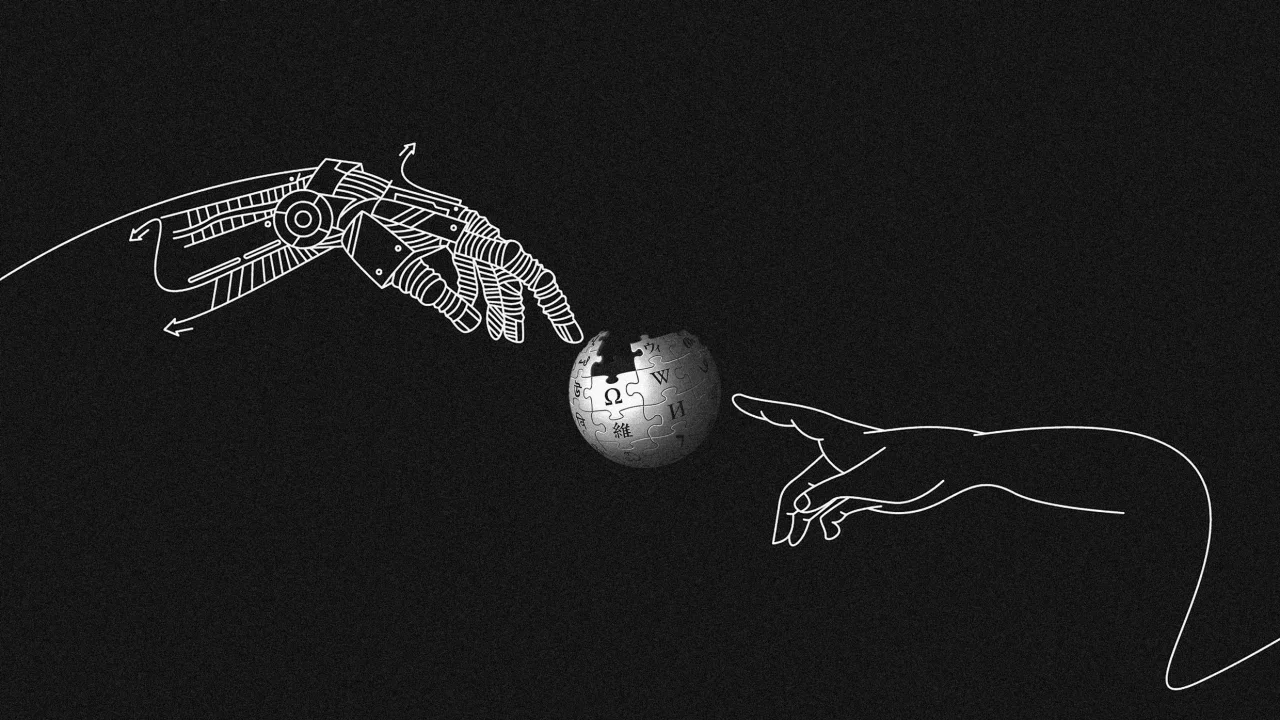Inside Wikipedia’s AI Revolt and Its Implications for Media
Author: Pete Pachal

In recent years, Wikipedia has stood as a beacon of collaborative knowledge and community-driven content. However, this robust model faced a critical test when the platform decided to experiment with generative AI to create summaries for its articles. The initiative aimed to enhance user experience by offering concise information at the top of certain entries. But rather than embracing this forward-thinking approach, Wikipedia's expansive community of volunteer editors reacted with fervent opposition, leading to the swift cancellation of the pilot program.
Wikipedia's editors, often meticulously detail-oriented and protective of the platform's standards, perceived AI's intrusion as a threat to the integrity of their work. Despite the AI-generated summaries demonstrating a reasonable grasp of the subjects — framed in simpler language than traditional introductions — the backlash emerged not due to the content’s inaccuracy but from concerns over editorial oversight and style discrepancies. This conflict underscores a broader tension between automation and human touch that resonates across many fields today.

Wikipedia's controversial experiment with AI summaries sparked outrage among its editors.
The internal backlash was immediate and intense. Editors took to Wikipedia’s discussion pages — a public forum for collaborative dialogue — to articulate their discontent. Criticisms ranged from stylistic choices, such as an AI preference for informal pronouns like 'we', to concerns over the potential erosion of editorial standards that have defined Wikipedia since its inception. Proponents of the traditional editorial process felt that allowing AI to dictate content, even in summary form, jeopardized the site’s credibility.
Importantly, this situation highlights a crucial lesson for media enterprises: the manner of implementation concerning AI technologies is just as vital as the technologies themselves. Similar to Wikipedia, many media organizations find themselves at a crossroads, trying to enhance productivity and engagement without alienating their core teams. The media landscape is increasingly shifting towards AI-infused operations, but how they navigate this transformation can dictate their future success.
The recent reactions against AI in journalism are not unique to Wikipedia. For instance, Politico, another prominent media outlet, faced legal action from its employees after unveiling AI-generated summaries based on their work without consulting the newsroom. The move led to discontent among journalists concerned about job security, further exemplifying the fine line organizations must tread as they seek to incorporate advanced technologies.
Conversely, there are numerous instances where AI has proven to be a beneficial ally in journalism. Major publications like The Associated Press and The Wall Street Journal have successfully utilized AI for data analysis and story generation, which not only streamlines tasks but also enables journalists to focus on deeper investigations and storytelling, thus enhancing the quality of content. These contrasting narratives illustrate the multifaceted relationship between AI and media.

Media outlets are increasingly testing AI tools to enhance their productivity and storytelling efforts.
To avoid missteps similar to Wikipedia's, media organizations must prioritize clear, open communication when introducing AI initiatives. Collaboration among editorial teams ensures that any AI tool complements existing workflows rather than imposing abrupt changes. For example, leading companies like Reuters and The New York Times have adopted a gradual approach for AI deployment, engaging with journalists to cultivate understanding and acceptance while steadily integrating new systems.
Transparency is crucial in establishing trust between management and staff when rolling out AI strategies. Journalists feel profoundly connected to the content they produce, and any shifts impacting how their work is presented must be handled sensitively. By focusing on partnerships rather than top-down mandates, leaders can alleviate resistance and help teams feel valued in the discussion about AI.
In conclusion, while technologies like AI hold great promise for transforming the landscape of journalism, their introduction must be navigated with care. The episode at Wikipedia serves as a bellwether, warning organizations of the potential pitfalls that arise when technological advancements outpace community readiness. Media organizations must learn from this incident and recognize that integrating AI should enhance, not replace, human intuition and expertise, ensuring that the watchdog role of journalism is preserved in this digital age.